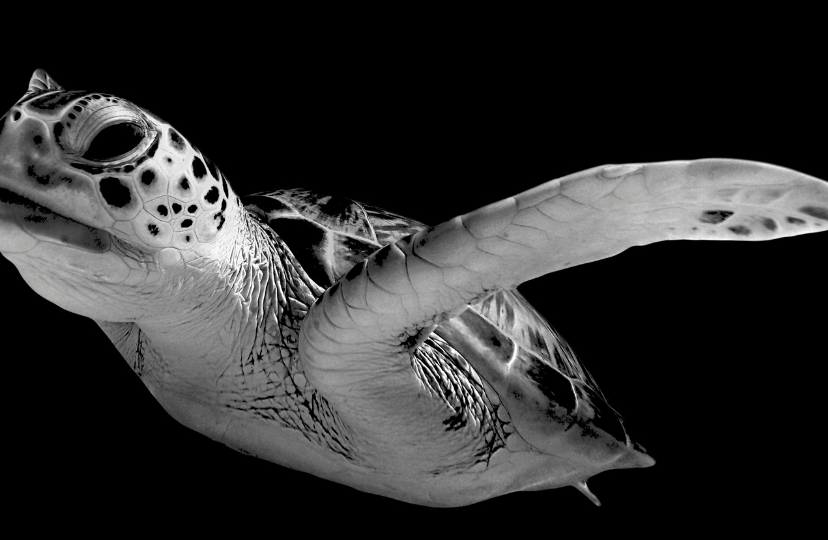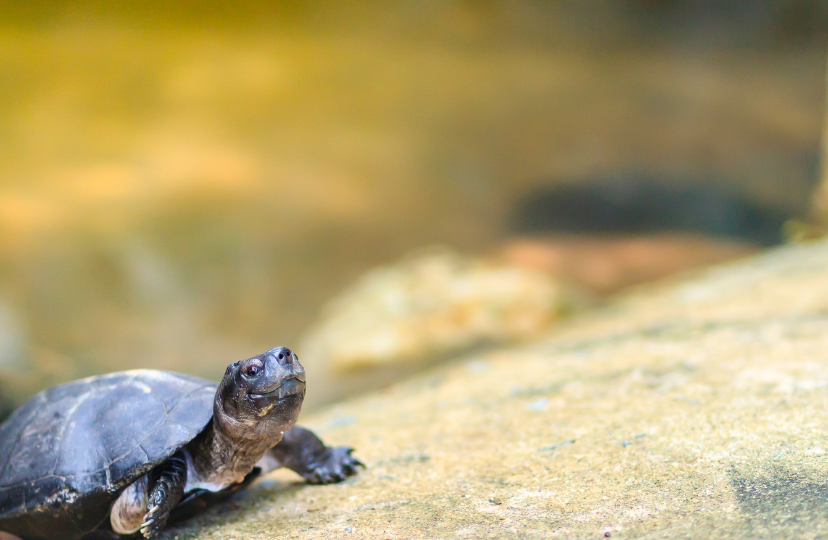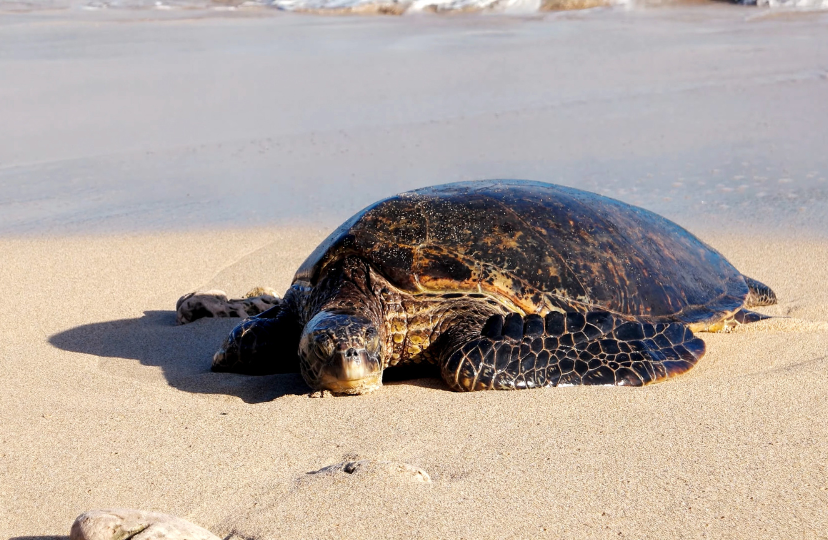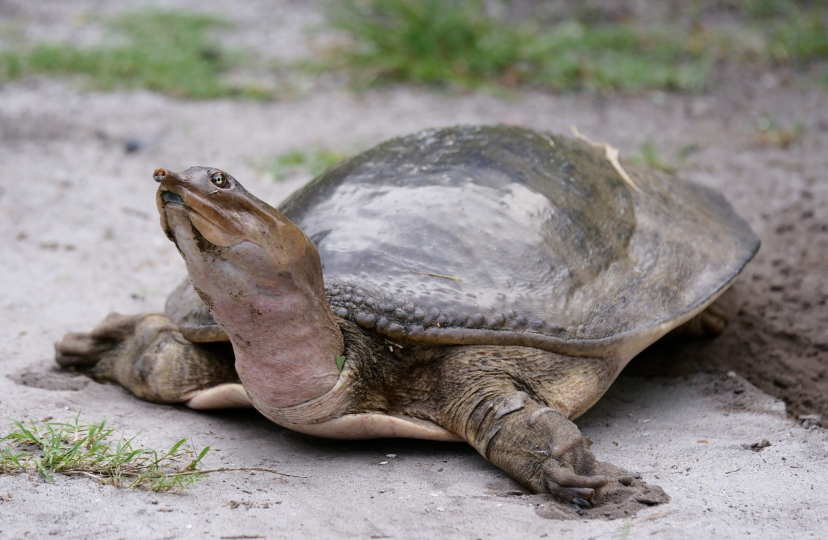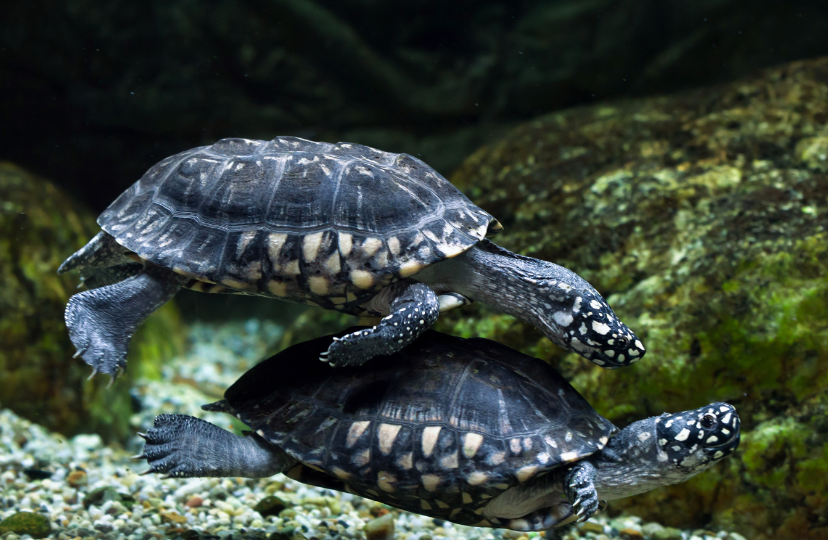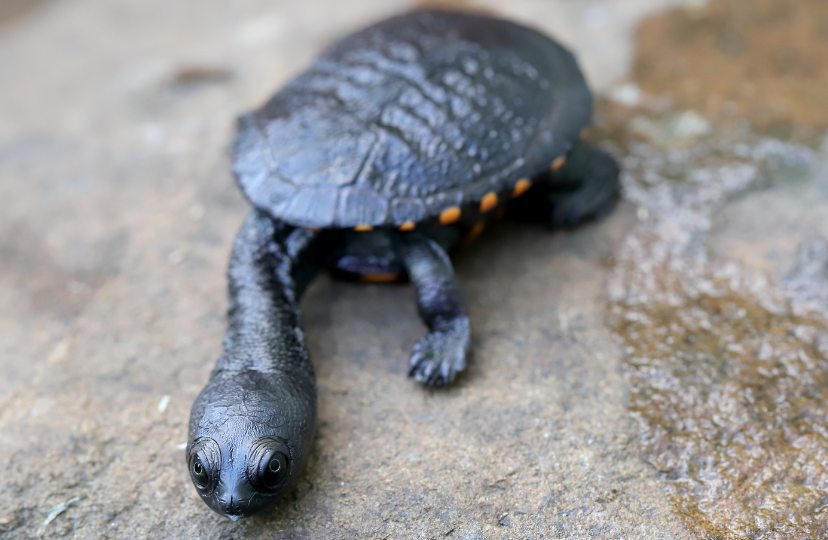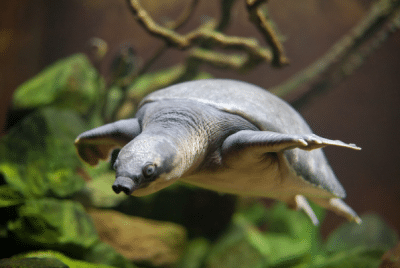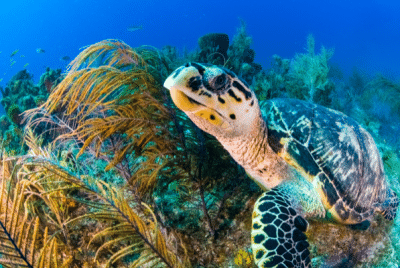Black Turtle Species: Stealthy & Elegant
As a fervent turtle enthusiast who has always been intrigued by the variety of turtle species that exist, I’m diving deep into a specific category – black turtles. Buckle up, and let’s swim together through this fascinating journey!
Introduction
Turtles have been around for millions of years, and their various species have evolved to adapt to different environments. The term “black turtle” doesn’t refer to just one species, but several, each with unique characteristics.
Importance of Knowing Your Turtle Type
Understanding your turtle’s type isn’t just a quirky piece of trivia. It’s essential for their care. Different turtles have unique needs, and meeting them ensures a healthy and happy life for your pet. Think of it this way: would you serve the same food to a meat hungry carnivore and a conscientious vegan? Probably not.
Key Features to Distinguish Them
Turtles, like us, have distinct features that make them stand out. From the curve of their shells to the pattern on their skin, it’s all a marvelous mix of nature’s art.
Overview of Black Turtle Species
The Enigmatic Black Marsh Turtle: Nature’s Dark Gem
In the world of reptiles, few creatures captivate as effortlessly as the Black Marsh Turtle. Often sought after by enthusiasts and researchers alike, this unique species presents an intriguing study in contrast. With its distinctly dark carapace and gleaming eyes, it’s no wonder the turtle is frequently referred to as the “black turtle” of freshwater habitats.
Native to Southeast Asia, the Black Marsh Turtle thrives in freshwater environments, from marshes to slow-moving streams. Its diet predominantly consists of small fish and aquatic invertebrates. However, it’s not just its dietary habits or habitat that piques interest; it’s the rich, dark hue of its shell that truly sets it apart in the turtle kingdom.
In the realm of aquatic turtles, the Black Marsh Turtle stands out, not only for its coloration but also its ecological importance in maintaining a balanced aquatic environment. As interest grows in the conservation of such species, the Black Marsh Turtle has become a symbol of nature’s delicate balance and beauty. For those fascinated by the diverse world of turtles, they are a testament to nature’s mysterious allure.
The Marvelous Black Sea Turtle: Nature’s Oceanic Gem
The black turtle, more formally recognized as the Black Sea Turtle or East Pacific Green Turtle, remains one of the ocean’s most captivating species. Nestled in the warm waters of the eastern Pacific, this intriguing creature holds an allure for both marine biologists and turtle enthusiasts alike.
Though termed “black”, its shell isn’t purely of this shade but rather exudes a deep, dark hue that distinguishes it from its green turtle counterparts. Adept at navigating the vast oceanic expanse, the black sea turtle demonstrates an inherent grace, seamlessly merging with the depths of its habitat.
Conservationists have redoubled efforts to protect this marine marvel, as it’s faced with environmental challenges. Highlighting its significance, ecotourism ventures have grown, inviting enthusiasts to witness the black sea turtle in its natural setting.
As we delve deeper into marine life’s wonders, the Black Sea Turtle stands out as a testament to nature’s unparalleled beauty. The next time you think of the ocean’s gems, let the image of the majestic black sea turtle float to the surface of your mind.
Black Softshell Turtle: Unveil the Mystique
In the vast spectrum of turtles, the Black Softshell Turtle stands out, not just for its dark-hued appearance but also its unique soft carapace. Predominantly found in parts of India, Bangladesh, and Southeast Asia, this turtle’s smooth, almost leather-like shell gives it an edge in underwater agility.
With its deep grey to olive upper parts, the Black Softshell Turtle becomes a symbol of nature’s artistry. Its habitat, often around freshwater bodies like rivers and ponds, contributes significantly to the ecosystem by helping maintain the balance of aquatic life.
However, it’s crucial to understand the vulnerable status of the Black Softshell Turtle in the wild. Threats from habitat destruction and poaching have put this species at risk. As we marvel at the beauty of this black softshell turtle, conservation efforts become paramount.
Dive deeper into the world of turtles, and the Black Softshell Turtle offers a beautiful blend of aesthetics and adaptability. Its presence in the wild is a testament to nature’s enduring spirit, making it an icon in the turtle kingdom. Remember, the Black Softshell Turtle isn’t just another reptile; it’s an ecological treasure waiting to be appreciated.
The Black Pond Turtle
In the vast realm of turtles, the Black Pond Turtle shines uniquely, marking its presence with a signature dark hue. Native to South Asia, this elusive ‘black beauty’ graces freshwater habitats, adding a touch of mystery to the aquatic world.
The Black Pond Turtle, scientifically known as Geoclemys hamiltonii, boasts a robust, dark carapace that serves not only as protection but also as camouflage within its murky water domains. This turtle, though primarily herbivorous, occasionally indulges in aquatic invertebrates, displaying an adaptable dietary behavior.
Environmentalists and turtle aficionados hold particular interest in the Black Pond Turtle due to its ‘Vulnerable’ conservation status. The growing demand in the pet trade and habitat degradation has posed threats to its existence. Recognizing its significance, many are now rallying for its protection and sustainable conservation.
Eastern Snake-necked Turtle: the Australian Reptilian Marvel
The Eastern Snake-necked Turtle is a remarkable creature that stands out in the vast family of chelonia. Originating from the freshwater habitats of Australia, this turtle has captured the attention of herpetologists and reptile enthusiasts worldwide, mainly due to its strikingly long, snake-like neck.
Adapted to a life in ponds, lakes, and swamps, the Eastern Snake-necked Turtle showcases a blend of beauty and functionality. Its elongated neck allows it to swiftly strike at prey, making it a formidable hunter of small aquatic creatures. But it’s not just the unique neck that’s intriguing; its dark-colored carapace, resembling the hue of a shadowed water body, lends it a mystic allure.
SEO enthusiasts searching for iconic reptiles from the land Down Under will undoubtedly stumble upon this turtle’s name. Representing the rich biodiversity of Australia, the Eastern Snake-necked Turtle serves as a reminder of the continent’s unique contributions to global ecology.
Caring for Your Black Turtle
Diet and Nutrition: Fueling Nature’s Dark Marvels
In the vast realm of reptiles, the “black turtle” stands out with its unique dark hue and captivating presence. But what fuels these enigmatic creatures? Delving into theire diet and nutrition reveals fascinating insights.
Black turtles, depending on the specific species, possess varied dietary preferences. Most are omnivorous, sourcing nutrition from both plant and animal matter. Young black turtles typically lean towards a carnivorous diet, munching on small fish, crustaceans, and aquatic invertebrates. As they age, plant matter, including aquatic vegetation and algae, becomes a more prominent part of their menu.
Proper nutrition is paramount for these turtles. A balanced diet ensures a strong shell, vibrant health, and overall longevity. For turtle enthusiasts and keepers, understanding their nutritional needs is crucial. Calcium, for instance, is vital for shell health, while vitamins A and D3 promote good vision and bone health.
The diet and nutrition of black turtles are as diverse as their species. Ensuring they get the right mix of proteins, vitamins, and minerals is key to witnessing these dark-shelled wonders thrive.
Setting Up the Ideal Habitat for a Black Turtle
Venturing into the realm of turtle care? The key to ensuring a healthy and thriving black turtle lies in mimicking its natural environment. Setting up the perfect turtle habitat setup is both an art and a science, and here’s how you can master it.
Firstly, research the specific species. Not all black turtles have the same habitat requirements. For instance, the Black Marsh Turtle prefers freshwater marshes, while the Eastern Snake-necked Turtle thrives in slow-moving streams. Knowing the species-specific requirements will influence your setup decisions.
Water quality is paramount. Invest in a good filtration system to keep the water clear and free from harmful toxins. Regularly check the pH levels, ensuring they remain balanced for your turtle’s well-being.
Temperature control is crucial. Turtles hail from varying climates, so ascertain the ideal water and basking temperatures for your specific species. Under-tank heaters and overhead lamps can assist in achieving these.
Lastly, provide ample space for both swimming and basking. Create a gradient, using rocks or platforms, allowing your turtle to choose its comfort zone.
In essence, a meticulous habitat setup ensures a content, healthy pet. Every detail will further ensure a low stress environment for your beloved pet turtle. Dive into the details, and watch your turtle flourish in its new abode!
Conclusion
Turtles, especially the black varieties, are a marvel of evolution and nature. As a caretaker or enthusiast, delving deep into their world not only satisfies our curiosity but ensures their well-being.
Frequently Asked Questions (FAQs)
- What’s the lifespan of a black turtle?
- The maximum known lifespan of black marsh turtles observed in captivity is about 60 years
- Is the Marsh Turtle Endangered?
- Black marsh turtles are classified as endangered by the International Union for Conservation of Nature
- How often should I feed my turtle?
- The feeding frequency depends on the species and age. Younger turtles typically eat more often.
- Do they require a specific water temperature?
- Yes, each species has its preferred temperature range. Usually, tropical species prefer warmer waters.
- Why is my black turtle’s shell turning green?
- It could be due to algae growth. Regularly cleaning the habitat and consulting a vet can help.

